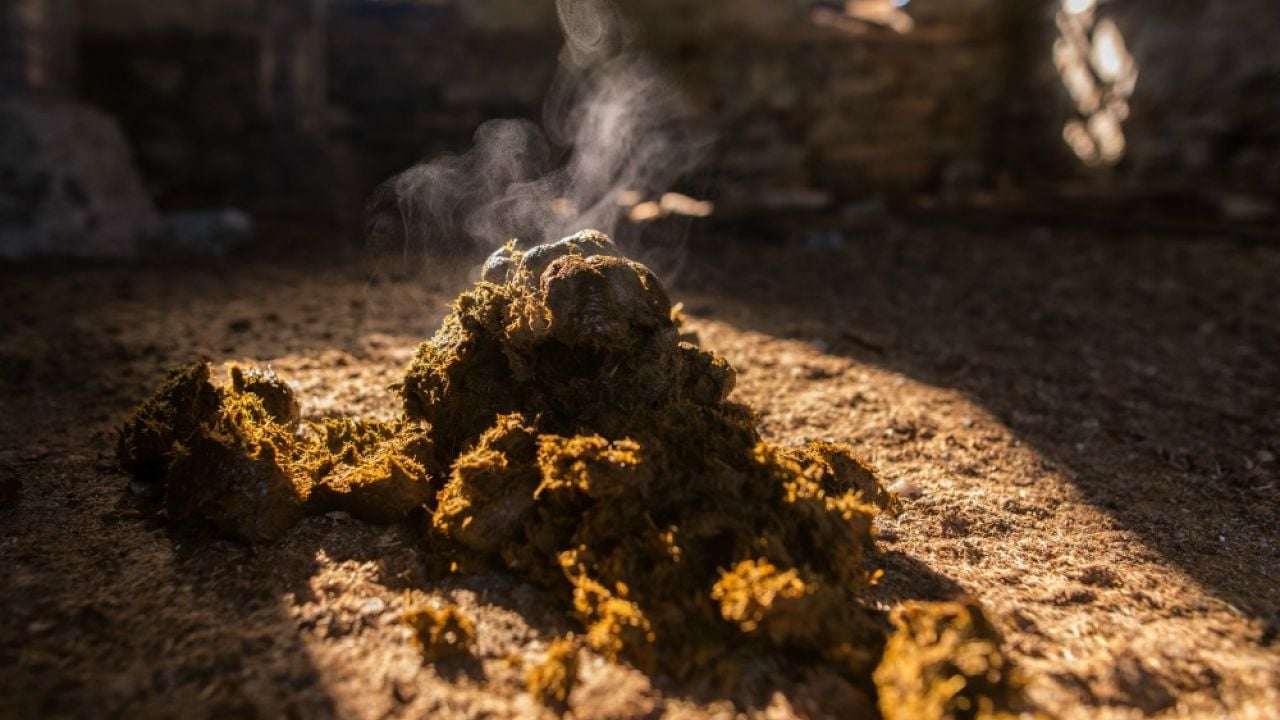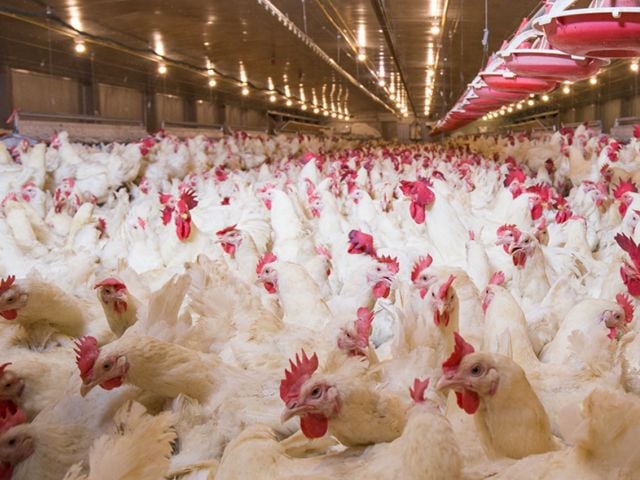
Manure pits that hold livestock and poultry waste give off foul-smelling toxic air pollutants that can be deadly to farmworkers and local residents, who often are powerless to defend the health of their families from the noxious emissions.
A report released Wednesday, June 22, by EWG and Waterkeeper Alliance pinpointed the locations of over 4,100 manure pits that have the potential to release harmful gases, odors and dust. Together, the pits cited in the report hold 10 billion gallons of wet animal waste and 4 billion pounds of dry animal waste. When the manure decomposes, it emits hydrogen sulfide, methane, ammonia and carbon dioxide. And when massive vats of manure are disturbed, they can release lethal amounts of hydrogen sulfide and suffocate people instantly.
Many farmworkers have died while managing manure pits at Concentrated Animal Feeding Operations, also called CAFOs. Just last year, a father and son in Iowa died while repairing a hog manure pit. In the summer of 2007, four family members and a farmworker were killed by emissions from a manure pit on a dairy farm in Virginia's Shenandoah Valley.
But it’s not just farmers and their families who fall victim to these hazardous emissions.
Livestock producers frequently use jet-powered hoses to spray manure on nearby fields as fertilizer, creating toxic mists that can drift into neighboring communities, coating cars and yards, and seeping into nearby homes. The manure mist is foul-smelling and carries harmful chemicals that can cause serious respiratory problems.
People living near large-scale hog facilities have reported higher incidences of headaches, respiratory problems, eye irritation, nausea, weakness and chest tightness.
Children are especially vulnerable because they breathe in 20 to 50 percent more air than adults and are more susceptible to harmful air pollution. Researchers have found links between living within three miles of a CAFO and higher risk of asthma symptoms in children.
People living close to these facilities typically have no way to protect their families or hold livestock producers accountable for the pollutants they release. Although other industries that release large amounts of pollutants, such as hydrogen sulfide and ammonia, are required to report the emissions under federal “Superfund” regulations, agriculture is treated differently.
That’s because, as law professor John Ruhl of Vanderbilt University explained, agriculture is “virtually unregulated by the expansive body of environmental law that has developed in the United States in the past 30 years.”


